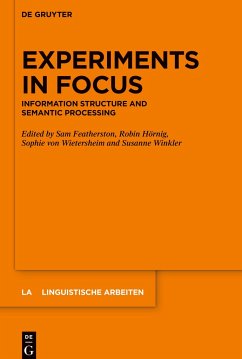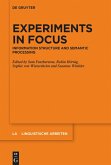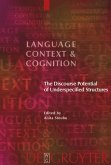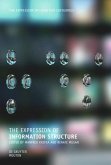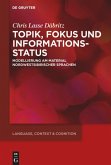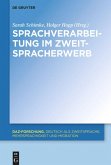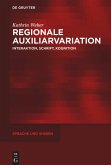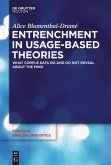This volume presents new and cutting-edge research on the question of how we parse, interpret and understand language in more complex discourse settings. The challenge is to find empirical evidence on how information structure and semantic processing are related. Comprehensible answers are provided by showing how syntax, phonology, semantics and pragmatics interact and how they influence semantic processing and interpretation. The analysis of core information structural concepts that contribute to processing such as focus and contrast, the specific discourse status of referents that add to the common ground, context dependency and markedness as well as prosodic prominence and givenness marking has added new and convincing evidence to the research of information structure and semantic processing.
Bitte wählen Sie Ihr Anliegen aus.
Rechnungen
Retourenschein anfordern
Bestellstatus
Storno

